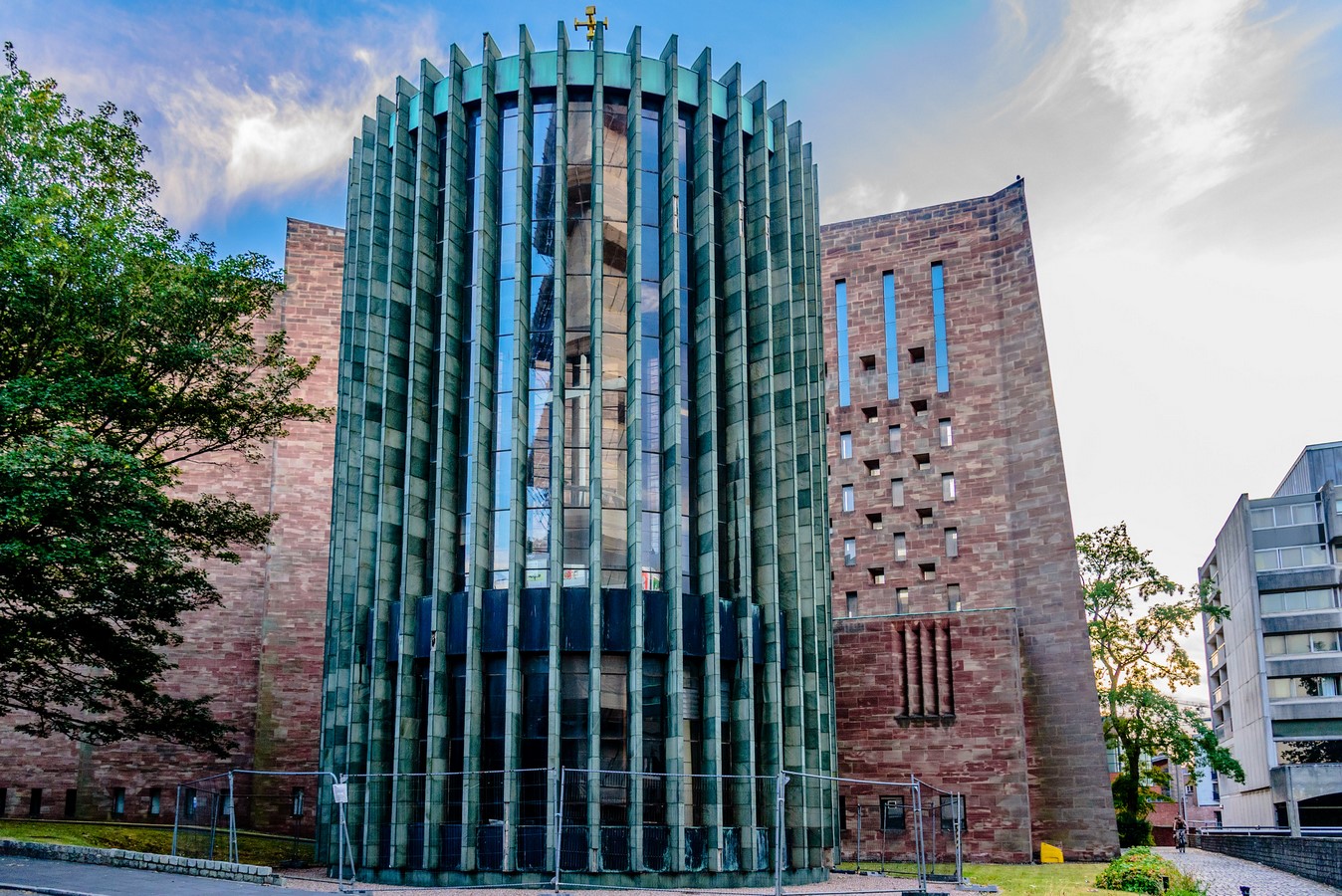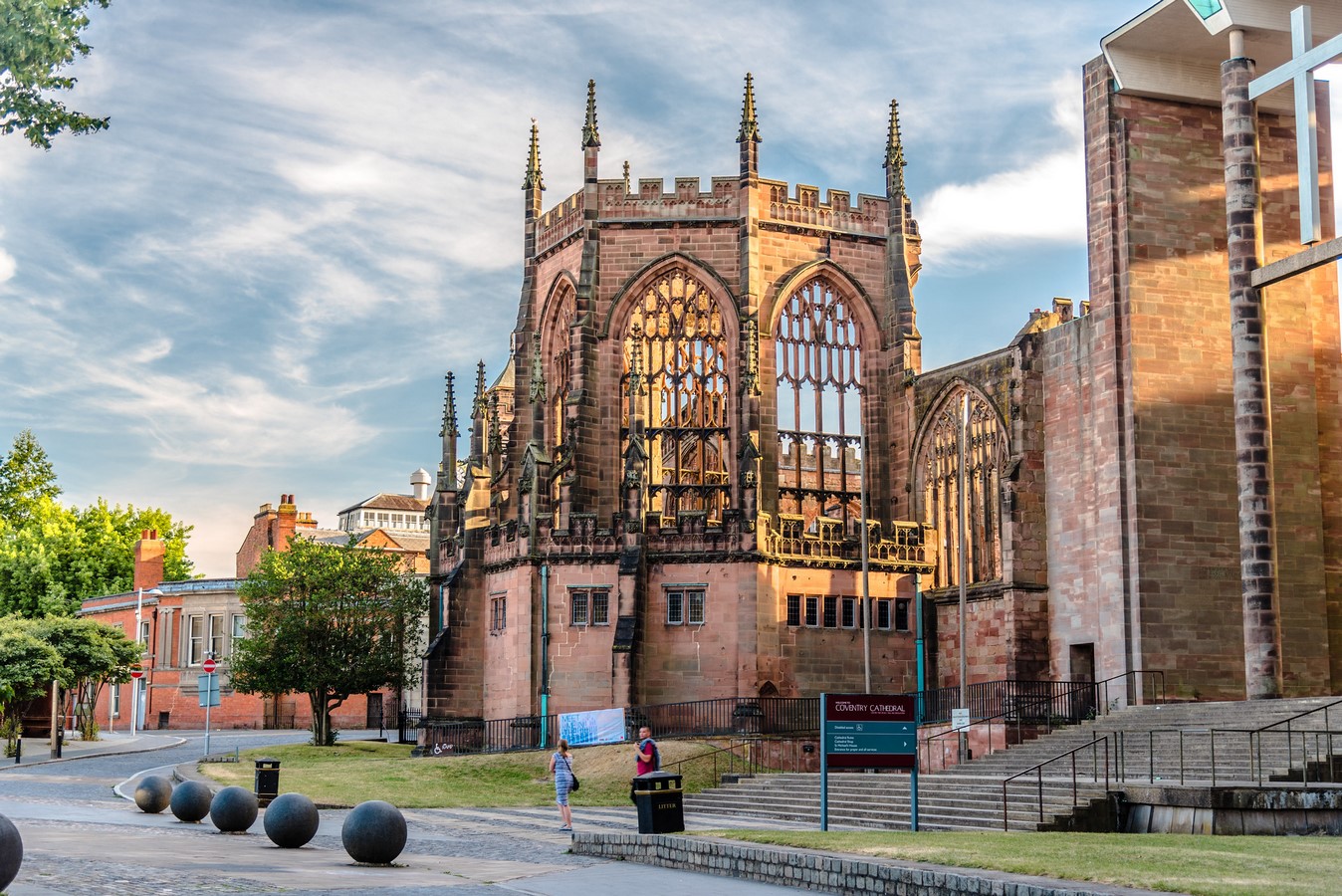The architecture reflects the societal and cultural contexts in which it emerges. Architectural styles and patterns have evolved and transformed throughout history based on needs, aspirations, and advancements. A powerful movement in the late 19th century, known as modernism in architecture, continued to spread its influence within the entire field completely into the 20th century. This article will explore the evolution of modernism in architecture and find its roots from the Industrial Revolution to the postmodern era.
-
The Industrial Revolution and the Birth of Modernism
The rise of the Industrial Revolution, or the First Industrial Revolution, was started in the late 18th century, and completely revolutionized society, technology, and the built environment. Technology and mass production the revolution brought serious transformations in architectural design and construction techniques. New approaches using some traditional patterns, including neoclassicism and Gothic Revival, led to the embrace of innovation, efficiency, and functionality.
-

Modernism in Architecture_ https://www.freepik.com/free-photo/low-angle-white-concrete-building-clear-blue-sky_8857986.htm#query=Modernism%20in%20Architecture&position=2&from_view=search&track=ais Early Modernist Pioneers
During the 20th century, architects and designers formed a group and rose as the leaders of modernism who challenged the usual architectural norms of the period. Architects like Louis Sullivan, Adolf Loos, and Frank Lloyd Wright started to focus on simplicity, rationality, and the application of new materials, particularly steel, glass, and reinforced concrete.

Louis Sullivan, also considered the father of modernist architecture, coined the famous idea “form follows function,” or simply functionalism focusing on the purpose and function of a building over its design elements, and this concept became the fundamental principle of modern architecture.
-
The International Style and the Bauhaus Movement
In the 1920s and 1930s, International Style and the Bauhaus movement gained popularity as major architectural styles and added further to the list of modernism. The advocates, including Walter Gropius, Le Corbusier, and Ludwig Mies van der Rohe in the field of the International Style, fostered the idea of functionalism, abstraction, and the rejection of ornament. During that period, buildings were designed in a style that often featured clean lines, open floor plans, and a focus on integrating form and function.

The Bauhaus movement, initiated by Walter Gropius in 1919, focused on incorporating art, craft, and technology in an integrated design approach. It prioritised the value of interdisciplinary collaboration and the integration of art with industrial production. The Bauhaus school revolutionized teaching techniques and embraced an experimental approach, nurturing a generation of influential architects and designers who played a pivotal role in shaping the landscape of modernist architecture.
-
Postwar Modernism and Brutalism
In the wake of World War II, there was a notable shift toward reconstruction efforts and a pressing demand for accessible and efficient housing solutions. This era marked the rise of postwar modernism, characterized by the widespread adoption of prefabrication, mass production, and modular construction methods. Architects such as Le Corbusier, renowned for his “Unité d’Habitation” housing project, and Mies van der Rohe, notable for his “Farnsworth House,” epitomised the minimalist and functionalist principles that defined this period.

Brutalism emerged as a prominent architectural style in the 1950s and 1960s, bringing common admiration worldwide. Notable examples of Brutalist structures, like the Barbican Estate in London and the National Theatre in Paris, boasted striking geometric shapes and unadorned concrete surfaces. This style aimed to authentically utilise materials while reflecting its era’s social and cultural aspirations.
-
Critiques and the Rise of Postmodernism
On the way to the end of the 1960s, modernism came under a search for its shortcomings, including a perceived absence of human scale, disregard for historical context, and a tendency towards homogeneity. As a result, a new architectural movement called postmodernism was introduced, signing a shift in design principles. Postmodernism aimed to differ from the rigid functionalism of modernism by reintroducing historical references, ornamental elements, and many design languages.

The contributions of architects such as Robert Venturi, Michael Graves, and Frank Gehry were prominent in shaping the evolution of postmodern architecture. Postmodern buildings exhibited a distinct character, characterized by their whimsical and diverse designs that seamlessly merged different architectural elements, materials, and historical allusions. An exemplary illustration of postmodern architecture is Frank Gehry’s renowned Guggenheim Museum Bilbao, which showcases organic shapes and employs titanium in its construction, exemplifying the essence of the movement.
-
Contemporary Modernism and Sustainable Design
In the 21st century, modernist principles retain their influence on architectural design, yet now, with a revitalized emphasis on sustainability and environmental awareness. Contemporary modernism unites the past’s functionalist ideals with ground-breaking sustainable technologies and materials. Architects like Norman Foster, Renzo Piano, and Bjarke Ingels have gained recognition for their environmentally conscious designs that prioritize energy efficiency, harness natural light, and seamlessly integrate buildings with their surrounding environments.

The influence of modernism in architecture has left a lasting impression on the constructed world, moulding cities and dictating design principles for more than a century.
Concluding modernism in architecture, its origin started with the Industrial Revolution and grew through the postmodern era; modernist architecture has adapted to shifting societal, cultural, and technological contexts. Despite facing criticism and giving rise to postmodernism, the tenets of modernism persist as a source of inspiration for present-day architects, propelling the quest for functional, sustainable, and visually captivating designs.
Reference:
https://en.wikipedia.org/wiki/Postmodern_architecture
https://en.wikipedia.org/wiki/Modern_architecture

















